How do you pair your breeders? – Part One
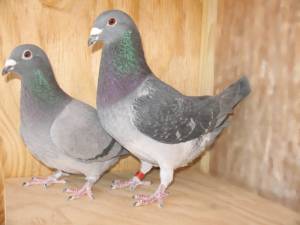 Fanciers start looking back at their old and young bird racing seasons in November and start to look at bringing in new birds to their lofts. If they didn’t do well in the short races, they’re going to be looking for speed birds. If the long races were a problem, they’ll be searching for distance birds. You can investigate, search out good birds, buy them at live auctions where you can see them and handle them, or through online auctions which are becoming quite popular. You can do it all right, but remember that luck still plays a big part in getting the right birds to do the job for you.
Fanciers start looking back at their old and young bird racing seasons in November and start to look at bringing in new birds to their lofts. If they didn’t do well in the short races, they’re going to be looking for speed birds. If the long races were a problem, they’ll be searching for distance birds. You can investigate, search out good birds, buy them at live auctions where you can see them and handle them, or through online auctions which are becoming quite popular. You can do it all right, but remember that luck still plays a big part in getting the right birds to do the job for you.
One of the things that I’ve found to be the most successful is to get youngsters from very successful pairs. Highly successful pairs have proven that their gene combinations work, and will continue to work past the first generation behind them. I like to find pairs that are super successful, the more successful the better. The more pigeons that have come out of a pair and raced well, the better I like it.
As far as pairing the birds is concerned, I like to breed birds of the same type, unless I see that there’s a deficiency in a certain type. For example, if I am working with a short distance family that is becoming incapable of clocking at anything beyond 150 miles, or only on easy races, I feel that a deficiency has developed that needs to be addressed. In the U.S. this is not really good enough, because we fly a regimen that includes 350-mile to 400-mile races in young birds. In some combines, you don’t even start combine competition until you get to a distance of 150 to 200 miles.
You can improve that distance performance in a short distance family by bringing in a little bit of distance blood. And you can do this without necessarily sacrificing the speed. You’d bring in a distance bird whose family has proven it can also win at some of the shorter and faster races. Breed that bird into the speed family, and race the youngsters thoroughly. Then breed one of the best of these youngsters back to the speed family.
You can also go about this the other way, breeding speed into a distance family. Breed that cross back into to the distance family to introduce a bit of speed. One of the best known lofts that has done this successfully was the VanHee lofts. The Motta line of distance birds were found to be getting too slow for the races in Europe, so they bought direct Janssen pigeons. They introduced the Janssens one time as a cross, and then they took those half Janssen and half VanHee birds and they bred them back to the VanHee side, coming up with a ¾ VanHee, ¼ Janssen bird. They produced many national winners with this combination of bloodlines.
Check out part 2 => How do you pair your breeders? – Part Two
The Leading Online Pigeon Racing and Racing Pigeons Magazine – The Pigeon Insider

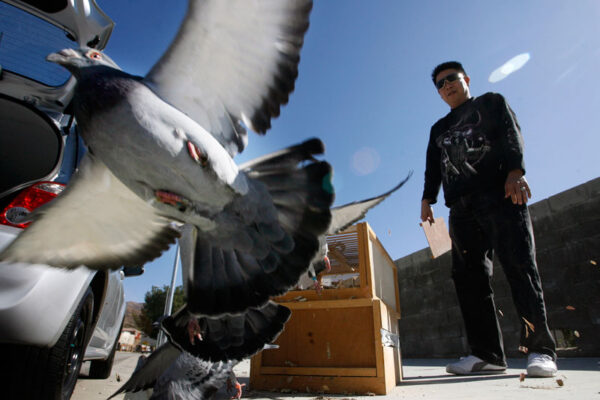
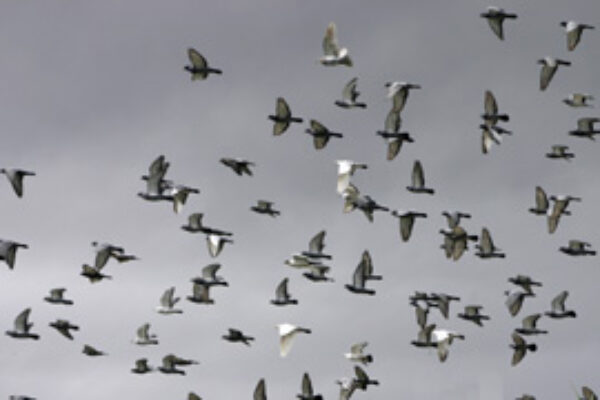
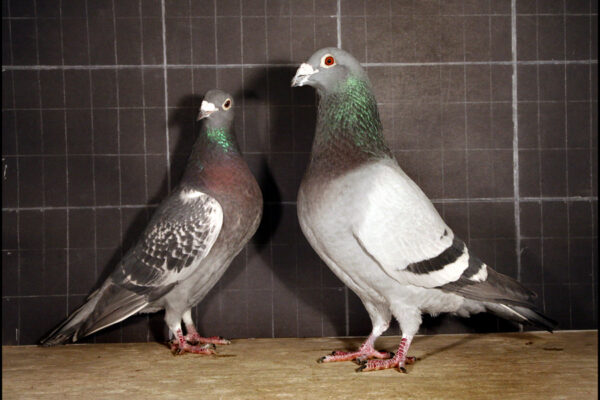
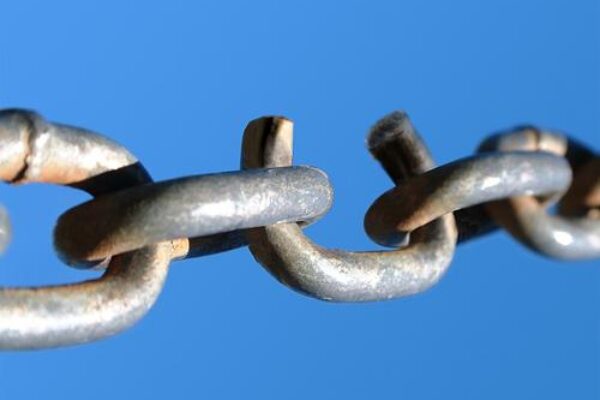
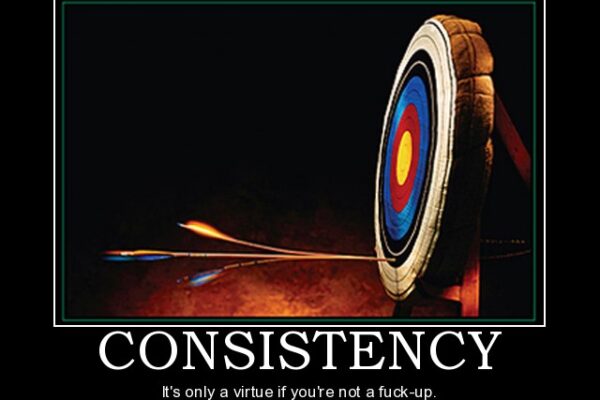
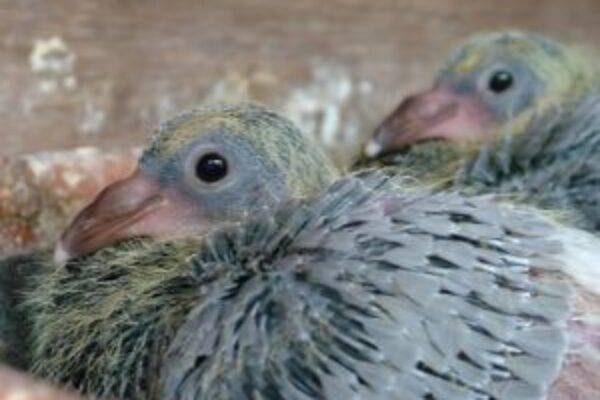


dear, tell me in which month i pair my pigeons & how long i get breed from them. some said just 4 month october to february & some said whole year. plz tell me. thanks & regards
late feb to early of june and late september to early december…thats the breeding season
In my opinion we all have to look for balance in every pigeon, not to the right or to the left always at the middle and I mean all character, body,wing,eye,speed and etc.and of course you have to have some knowledge of what is a good pigeon in order to balance the detail .
I breed houbens , all Clausings line,with a few Jonge ARTIST BLOOD. I feel that this family has proven themselves to be excellant middle distance birds. They are very reliable and durable, just a rugged family. They have proven themselves in the ghc club in Fla. and the Itc club here in new york on many races. Like any other family they are not all good, but the family has has served me well. Stick to a certain type, or body style, watch for muscle , and brains. Winners dont always give you winners ! Its the consistant clocking birds, top 5% ,top 10% that will breed you what you are looking for. Remember on any given sunday any bird in condition can win ! luck and wind play a big part.
In this article the VanHee line is mentioned. It is my understanding that the VanHee birds were all crosses. In fact, in 2009 I read an article in which Ms. VanHee stated that she was in the process of creating a VanHee family.
hello david, please note the vanhee pigeons have a lot of janseen blood. at a time, and to be exact it was for fiftheen years running … vanhee purchased 50 youngbirds from janseen brothers. that translate to 750 birds.
This is the best explanation that I have ever heard on line breeding and inbred birds. I always new that the birds needed to be crossed out at some point to insure that they were not to closely inbred as you would genetically start to get birds with all sorts of difficenties. I want to thank you for this artical as though I have done this with my family of whites that I breed and had some very good success doing so I needed to see it elsewhere in print or from some other breeder that does the same thing.
Firstly,thanks for the post,great reading.I have a family of clean blue’s.Janssen and meuleman cross.I got them off an old fancier who was a National winner.I breed in-breeds and line breeds and have found line breeding to be best.But firstly and most importantly winner to winner.I’m still looking for a good cross to bring in but they will have to be very good to convince me.I got some Vandy’s off a club member who win’s races consistantly,so I will race these hard and maybe breed off the best.I wonder how many good birds are culled because fanciers are in too much of a hurry to get winners.For an example,I have a cock who was only average at best as a young bird and yearling,and club mate’s were telling me to cull anything that wasn’t in the top ten birds every week.But I liked this bird.Something about him,Strong and dominant.As a two year old I paired him up and raced him while he was feeding young.Well he was a completely different bird,being my first bird home for the first three races then he won the first two treble races hands down.I put him to stock and paired him to a hen that was a winner off the same family.They bred a cock bird,but due to financial problems I couldn’t race my birds for the next three years.I just let the birds fly at home.Didn’t even train them.Then I started to race again so I jumped this bird into an old bird program.He had four races and then scored “first” club 650kms.I know this family is going to do well so I’m going to breed more off them and line-breed them.Cheers.
the secret of eye-sign
this is the famous green and the rarest of all
it is referred to as green it is really a shade of a dirty green
(never emerald or grass green)
and like all the other sign-marking it needs to be wide and of solid depth of colour
Hi asking for anybodys help where can i get a pair of proven birds for free i have just started racing in South Africa and yes there are good pigeons here but everyone wants to sell them .How do you know what you are getting? Secondly i have 3 kids to feed and i will never afford them anyway,so i must carry on racing with what ive got until i get a winner and then breed from that surely this could take years? Thanks for all the grat articles
prioritize your family first
Hi Craig
You are correct in what you are saying about the sport, I agree completely.
Joe
Dublin
sir, how about the pairing of a good eye sign? did you have an idea about whats the proper combination of color of the cock & the hen? thanks!